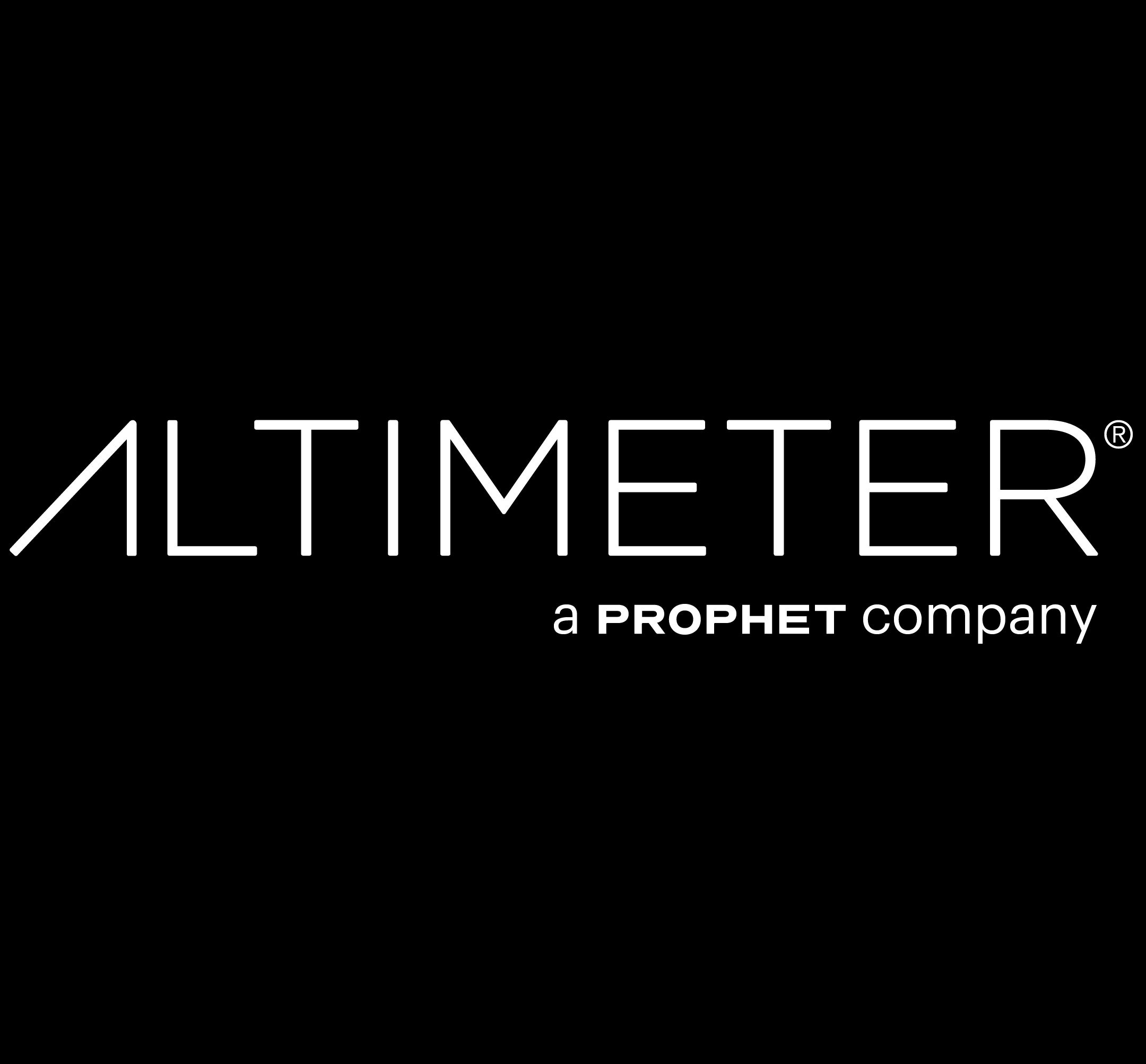REPORT
The State of IoT In the Home
As consumer interest in connected home devices grows, home security, health and safety get star billing.
The “Internet of Things” (IoT) market for the home — in which disparate devices work together to create a “smart home” — is in its early days. Some connected devices have long been in use in municipal life, at work, and in our personal lives (e.g., smartphones and “wearables”). But while home security systems and smart utility meters have been around for years, the “digital transformation” of the home is still just getting off the ground.
Our research shows that while adoption for home IoT products is in the early stages — only 23% of consumers own at least one IoT home product, like a smart TV — purchase intent is very strong. We anticipate three waves of adoption over the next several years and, if consumer intent is realized, an average global growth of 265% (in units sold) in the next 12 months.
In this report, we answer questions that help brands position themselves for this market: Who is the smart home IoT product buyer? What does the next wave of buyer look like? What drives consumers to purchase, and what obstacles do they perceive? What products for the home do consumers want to be smarter and connected?
Key Findings
To form a clear picture of where the smart home IoT market is headed, we started by researching who’s buying connected products today, who is likely to buy in the next phase, and longer-term prospects. This is what we learned:
- “Early Adopters” are frustrated by a lack of automation at home and view connected technology as the solution. They are young, skew male, and are less price-sensitive. Once aware of a new connected product, they are more likely to purchase it
- “Fast Followers” are more concerned with the ease of use of home IoT products and expect them to learn their habits, becoming more useful over time. Although their incomes are on par with Early Adopters, they are much more price-sensitive, less brand conscious, believe connected products shouldn’t cost more, and less likely to value premium products
- Although “Laggards’” awareness of IoT for the home in some product categories is on par with awareness of Early Adopters and Fast Followers, they are much less likely to convert to purchase. Having the latest technology products is less important to Laggards, who skew older and just slightly more female
- The Chinese market for home IoT products is particularly promising, especially when it comes to ownership of connected devices and intent to purchase. Chinese consumers are the least price-sensitive of any region and focus more than consumers in any other region on health benefits when making purchasing decisions
- Our research findings point to three waves of home IoT product adoption. We believe near-term adoption will focus on the Home Security and the Home Environment Control product categories, followed by the Home Entertainment and the Health & Fitness categories, and, lagging, the Bed, Bath & Kitchen and the Pet, Child & Elderly Care categories
- Consumer priorities for health and safety — and for product attributes like relevance and value — are leading drivers for the next wave of adoption. Device aesthetics and prestige of ownership lag in priority. Again, significant cultural differences between China and Western cultures should be studied by brands that target both markets
